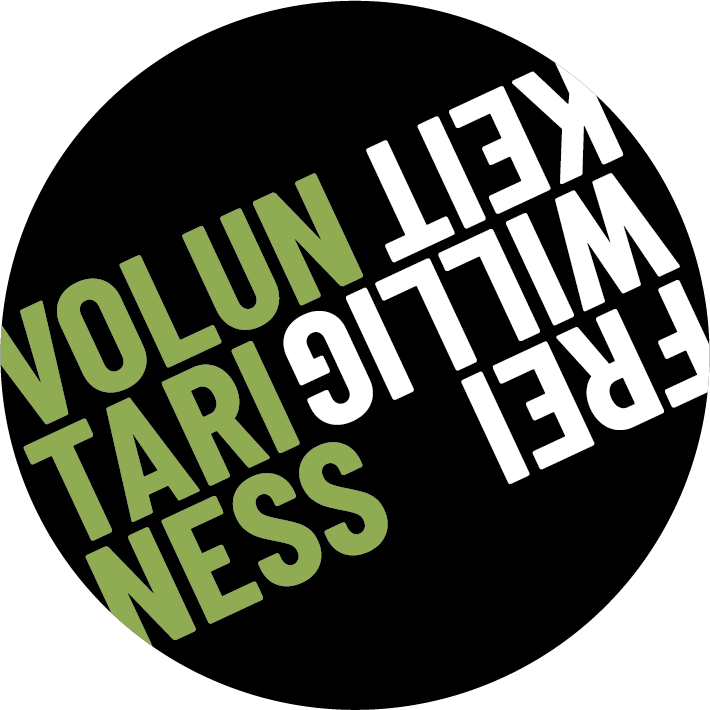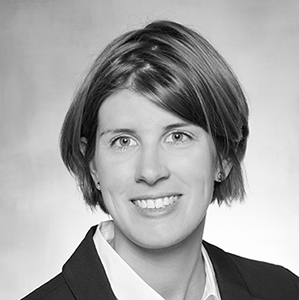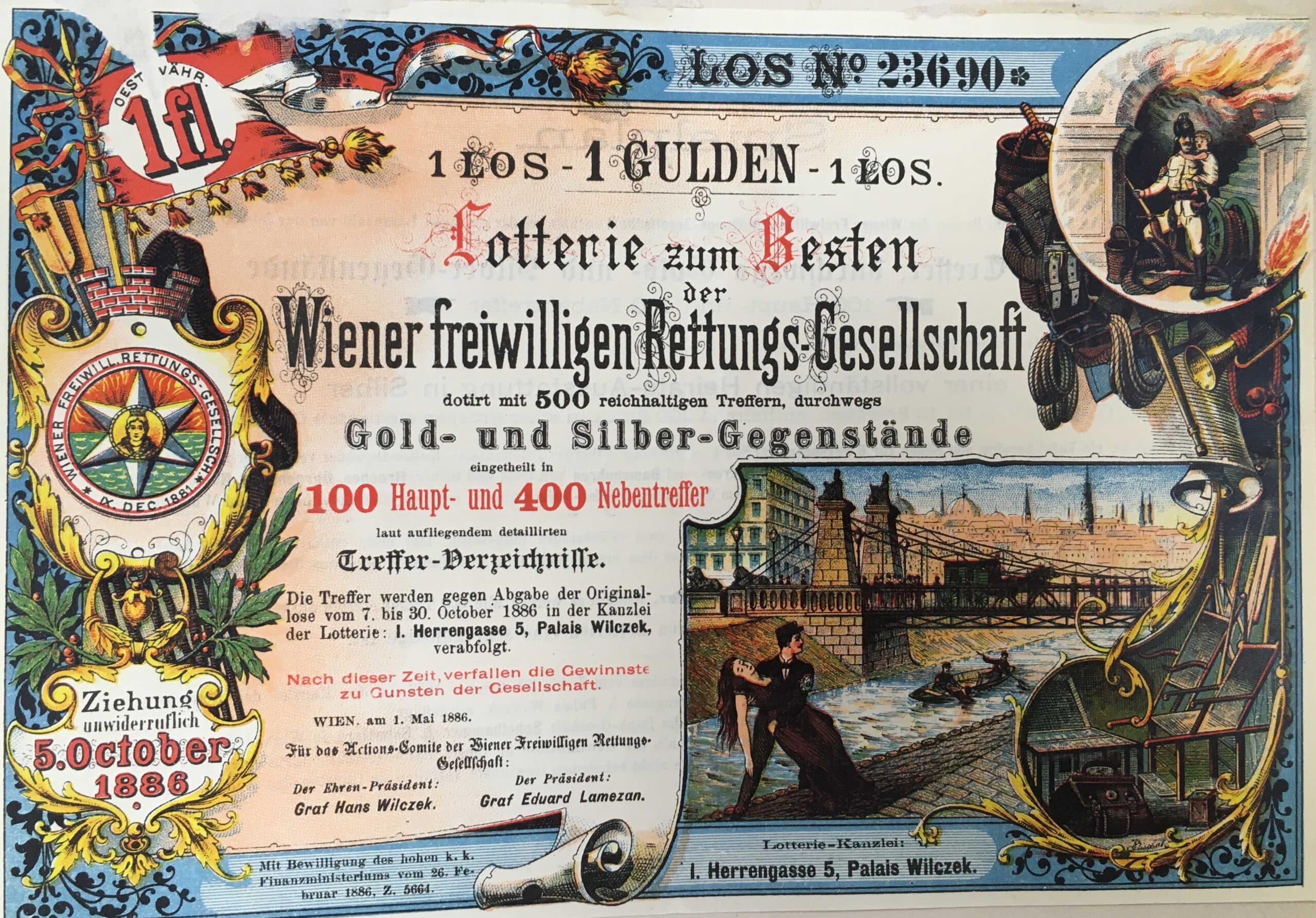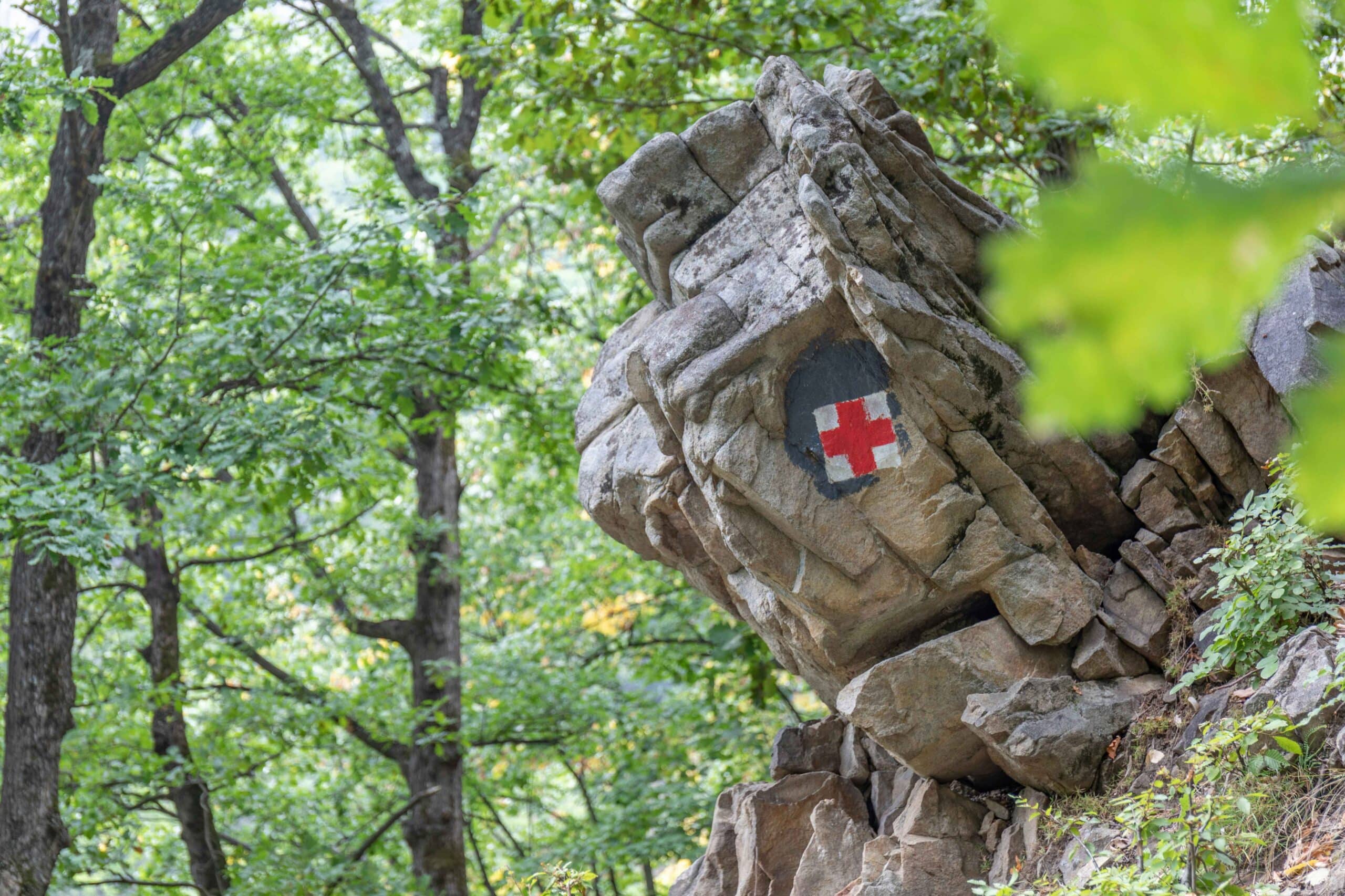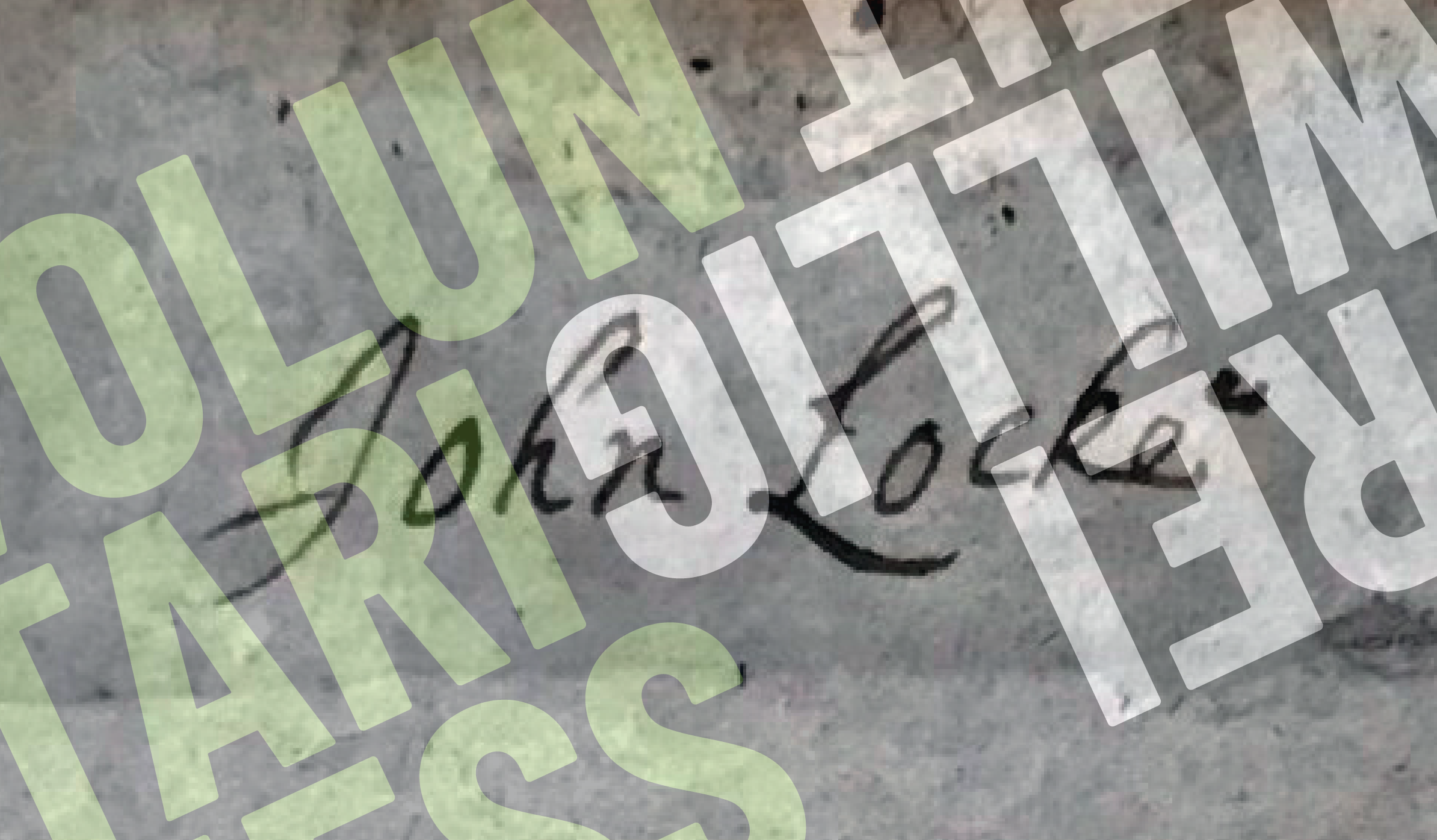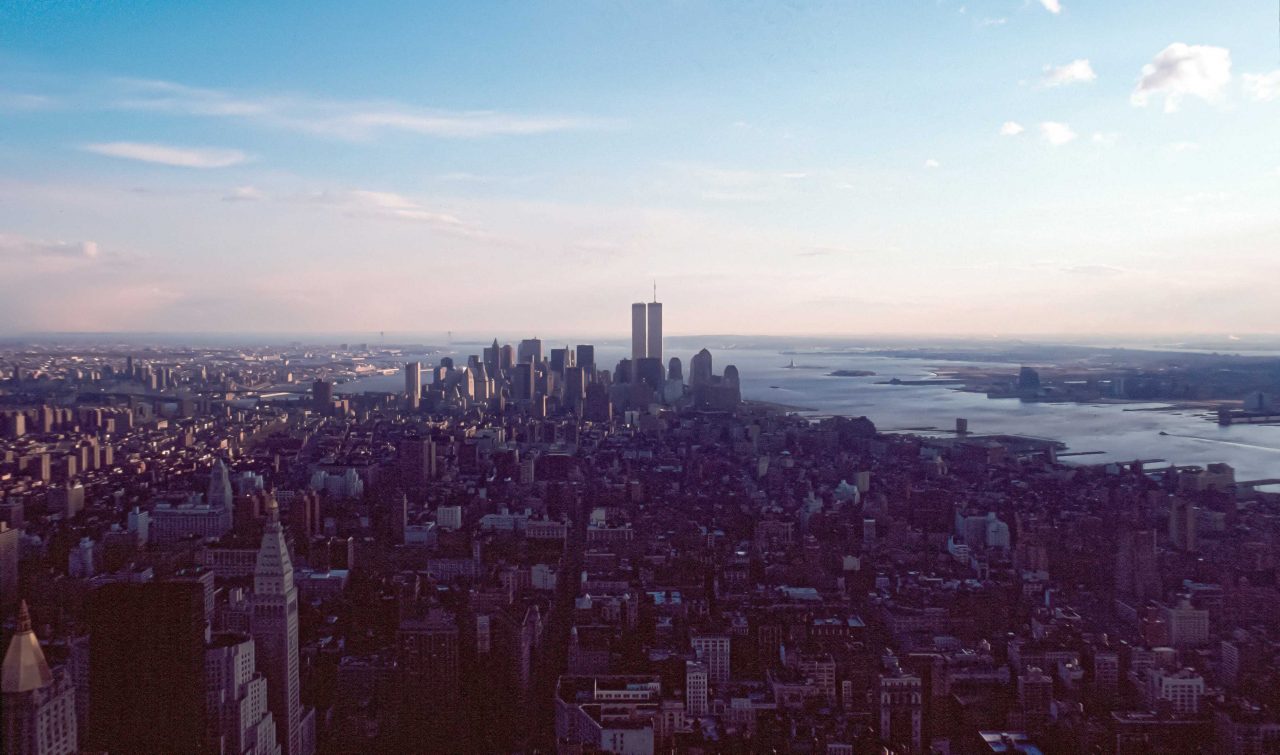
Serving Voluntarily in the U.S. Army in the 9/11 Era
Almost exactly twenty years ago, I set off on what was, at the time, the biggest adventure of my life—my high school exchange year in the United States. The first couple of weeks were spent soaking up the last moments of summer: a trip to New York City and Six Flags, meeting new friends, trying to make the tennis team, going to my first American Football games and listening to J.Lo and Ja Rule blasting constantly from the stereo. Roughly a week after a beautiful Labor Day weekend, the scene changed dramatically. Passing through the hallways on the way to my second-period English class at Harrison High School in Evansville, Indiana, I realized that every TV screen in every classroom had been turned on; the “tale of the two towers” had begun. 2,977 innocent people died at or near Ground Zero, at the Pentagon and in the vicinity of Shanksville, Pennsylvania. September 11, 2001, aka 9/11, was a day that changed many people’s lives and shaped the American nation decisively. Some of my classmates suddenly abandoned their applications to Ivy League colleges, instead opting for West Point. Red, White, and Blue were omnipresent in school, the streets, and the media, as a huge wave of patriotism captured U.S. society. According to the United Service Organizations (USO), in the year after 9/11, 181,510 Americans enlisted in active duty service and 72,908 joined the enlisted reserves. The Department of Defense (DoD) stated that young Americans’ interest in joining the Forces had increased by 8%. Many felt that because their home country had been attacked, they could or should make a special contribution in response. Actor Adam Driver is one of the most prominent examples of teenagers who, inspired by 9/11, signed up voluntarily for the armed forces in 2001.
Enlistments, however, rose only modestly in the months following 9/11, so in the years to come the burden of military work would be borne by less than 0.5% of the U.S. population, compared to almost 9% at the height of World War II. Consequently, most of those who served after 9/11 were deployed more than once. The U.S. has used military force abroad in over 330 conflict-related military deployments since 1798. Since its founding, the country has favored a citizen-soldier tradition, in which citizens who want rights and liberties also need to take on certain responsibilities and defend their society from antidemocratic enemies, whether foreign or domestic. Political theorist Claire Snyder-Hall refers here to a “citizenship of civic practices” in a participatory democracy. The U.S. government has only relied on conscription four times in its history—totaling thirty-five years: the Civil War (1863-65), World War I (1917-18), World War II (1940-45), and the Cold War (1946-47 and 1948-73). The transition from a conscription-based military to an all-volunteer force (AVF) took place in 1973, when President Nixon’s Advisory Commission on All-Volunteer Armed Forces proposed the following changes: development of a ‘Total Force’ integrating the reserve component with active duty; maintenance of the Selective Service System, which could be activated in case of natural disasters or prolonged and manpower-intensive conflict and required the registration of almost all male U.S. citizens aged 18 through 25; and civilianizing, privatizing, or contracting out as many support functions as possible. No military draft has been imposed since 1973, so the post-9/11 conflicts have been fought exclusively by a professional military and enlisted. Operation Enduring Freedom (OEF) and Operation Iraqi Freedom (OIF) required prolonged, large-scale deployments (about 200,000 troops were stationed in Afghanistan and Iraq continuously from 2003 to 2009), causing enormous physical and psychological strain on personnel. Without the support of conscription, the Army relied heavily on the use of ‘stop-loss’.
Stop-Loss: Being Stuck Involuntarily in an All-Volunteer Force
Stop-loss was initiated by the U.S. Congress shortly after the Vietnam War; it was first used in the 1990-91 Gulf War and later in Bosnia and the Kosovo Air Campaign. Its use is founded on Title 10, United States Code and it is defined as the involuntary extension of a service member’s active duty to retain them beyond their initial end of term of service date and up to their contractually agreed end of active obligated service. All service members are required to sign an initial contract with an eight-year service obligation, including two to five years of active duty, depending on which branch of the military they are in, when they enlist in the U.S. Armed Forces.
On September 14, 2001, President George W. Bush declared a state of national emergency due to the continued threat of terrorist attacks against the U.S. That same day, the President also invoked his power “to suspend certain laws relating to promotion, involuntary retirement, and separation of commissioned officers,” resulting in the enactment of numerous stop-loss policies starting on December 4, 2001. All four Department of Defense services used stop-loss at the beginning of OEF and OIF, but only the Army consistently employed some form of stop-loss between 2001 and 2011.
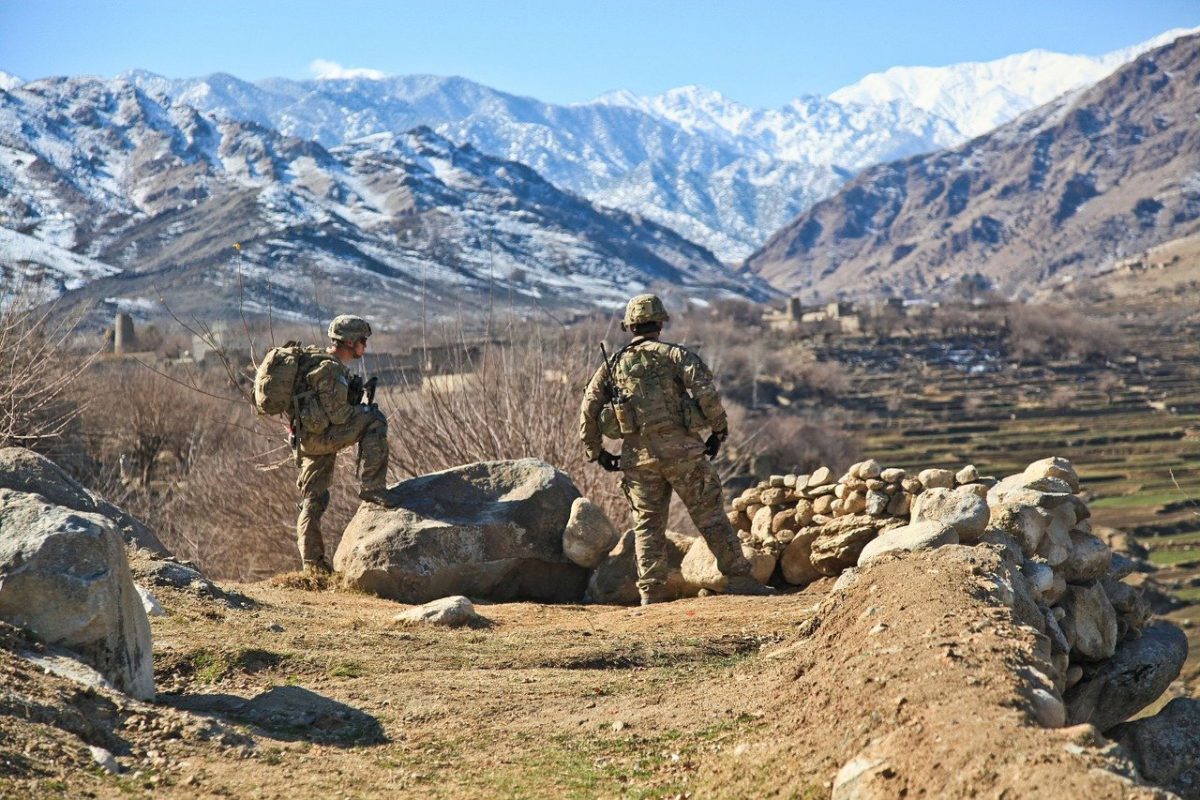
The stop-loss policy has been challenged legally several times. Due to the involuntary nature of its extension, critics, such as John Kerry and the late John McCain, referred to the program as a backdoor draft, with others going so far as to call it involuntary servitude. The voluntary step of joining the military for active duty was undermined by this involuntary prolongation of service. Service members were deprived of their “choice set,” as the choice of staying in the military voluntarily was no longer available. The involuntary policy of stop-loss put lives on hold, broke up families, and forced soldiers into multiple combat tours, with all their potentially grave consequences. According to Scottish political philosopher Ben Colburn, however, non-voluntary actions are highly problematic, as their consequences are alienated from the actor, and this alienation impedes their full responsibility. Leaving an actor an alternative choice is crucial to his or her agency, happiness as well as job satisfaction. In the case at issue here, targeted intentional coercion through the actions of other agents, in this case the DoD, led to low morale, casualties, and involuntary life choices.
In 2009, Secretary of Defense Robert Gates directed the Services to eliminate the use of stop-loss by 2011. Approximately 185,000 individuals had been subject to the longest use of this system in U.S. history. Stop-loss has not been used since 2011, but Pentagon officials warned in 2020 that stop-loss orders may be necessary if the coronavirus pandemic continues to limit the DoD’s ability to recruit and train new troops. Hence, the service branches have already begun offering to voluntarily extend contracts for service members. No new alternatives to stop-loss have been developed so far, so the military might rely on this policy again in future. Further, it remains to be seen if AVF can continue to meet the new twenty-first century challenges as well as ongoing conflicts. Sadly, twenty years later, the smoke of the WTC still lingers as the fog of war in Afghanistan’s seemingly never-ending quagmire. President Joe Biden’s decision to withdraw all U.S. troops by August 31, 2021, thus ending the longest war in U.S. history, which saw four U.S. presidents—two Democratic and two Republican—come and go, costing thousands of lives and more than one trillion U.S. dollars. The hasty military withdrawal from Afghanistan and the precarious situation there are, unfortunately, another chapter in the 9/11 Century, a period of shock and disaster.
Suggested Citation: Herzan, Pia: “Uncle Sam’s (Post-)9/11 Calling: Serving Voluntarily in the U.S. Army in the 9/11 Era”, Voluntariness: History – Society – Theory, September 2021, https://www.voluntariness.org/uncle-sams-post-9-11-calling/


